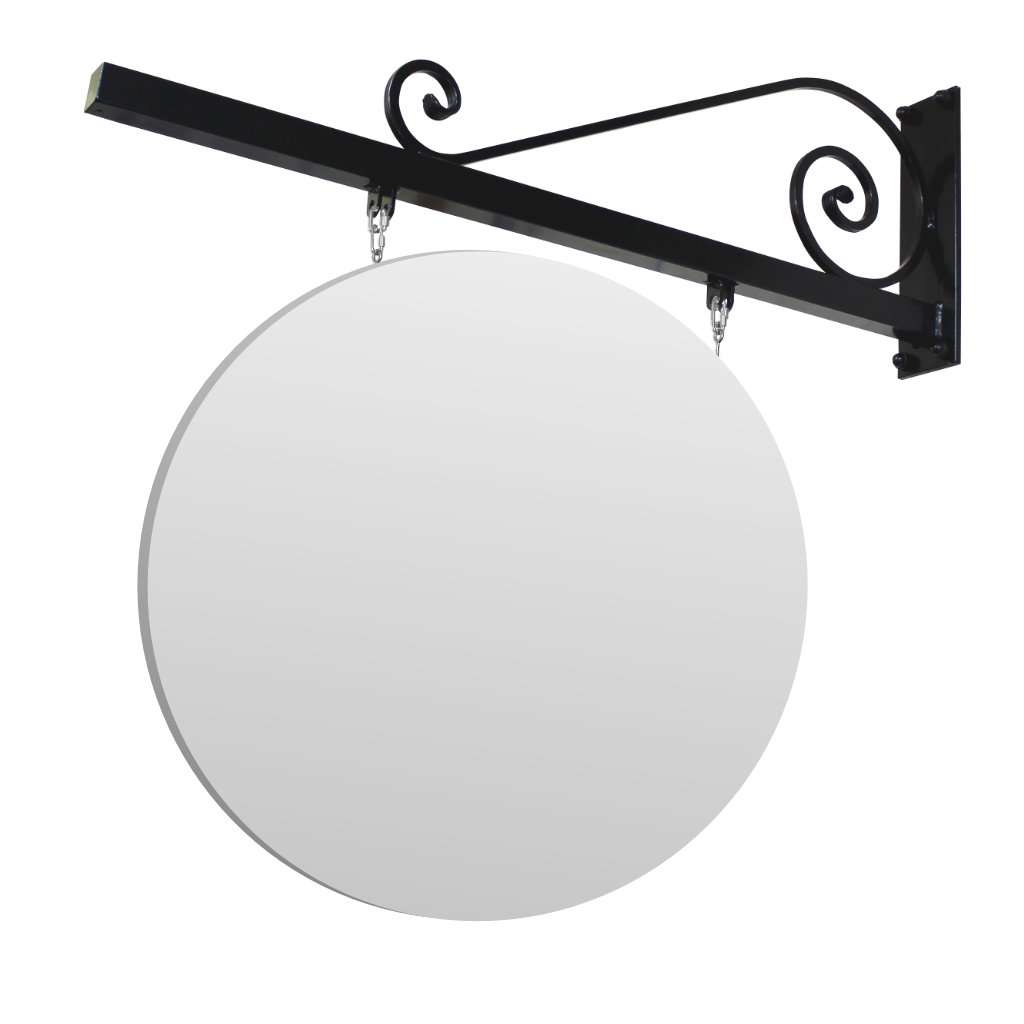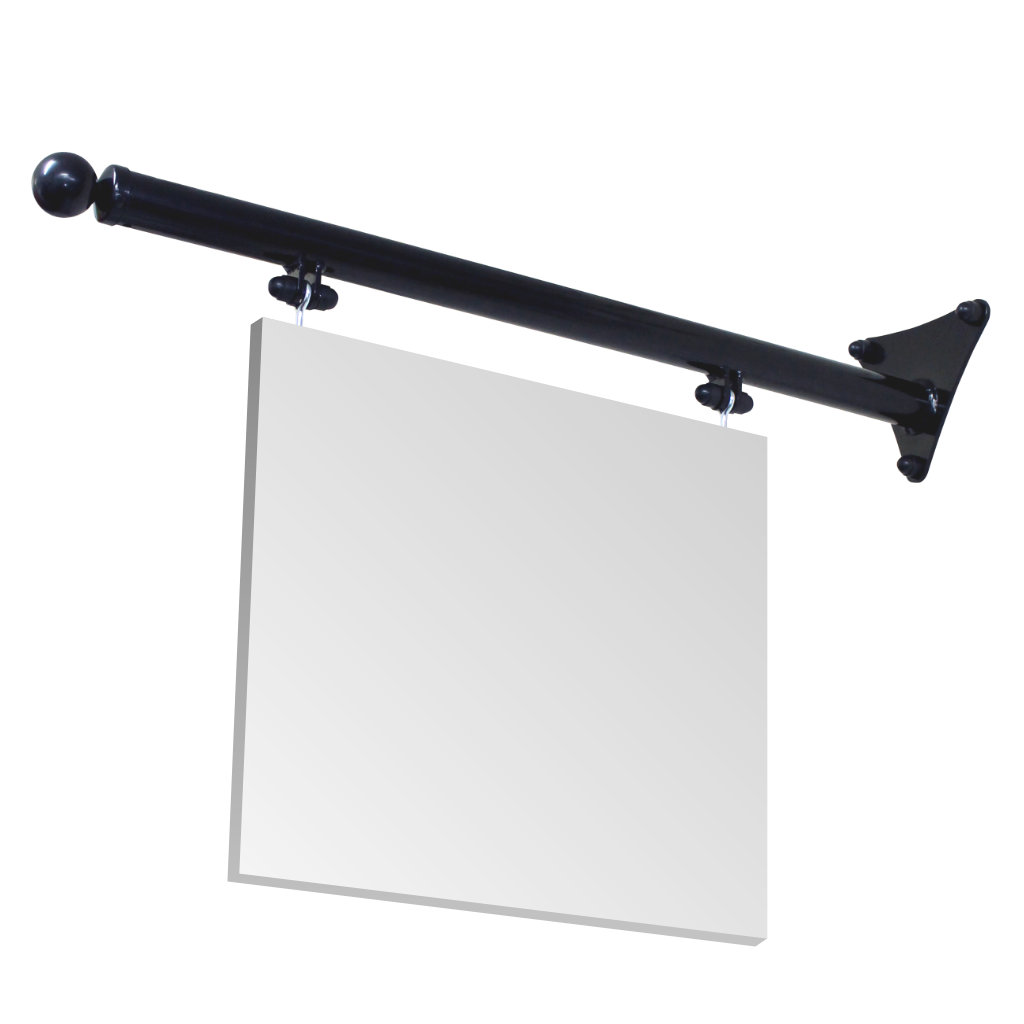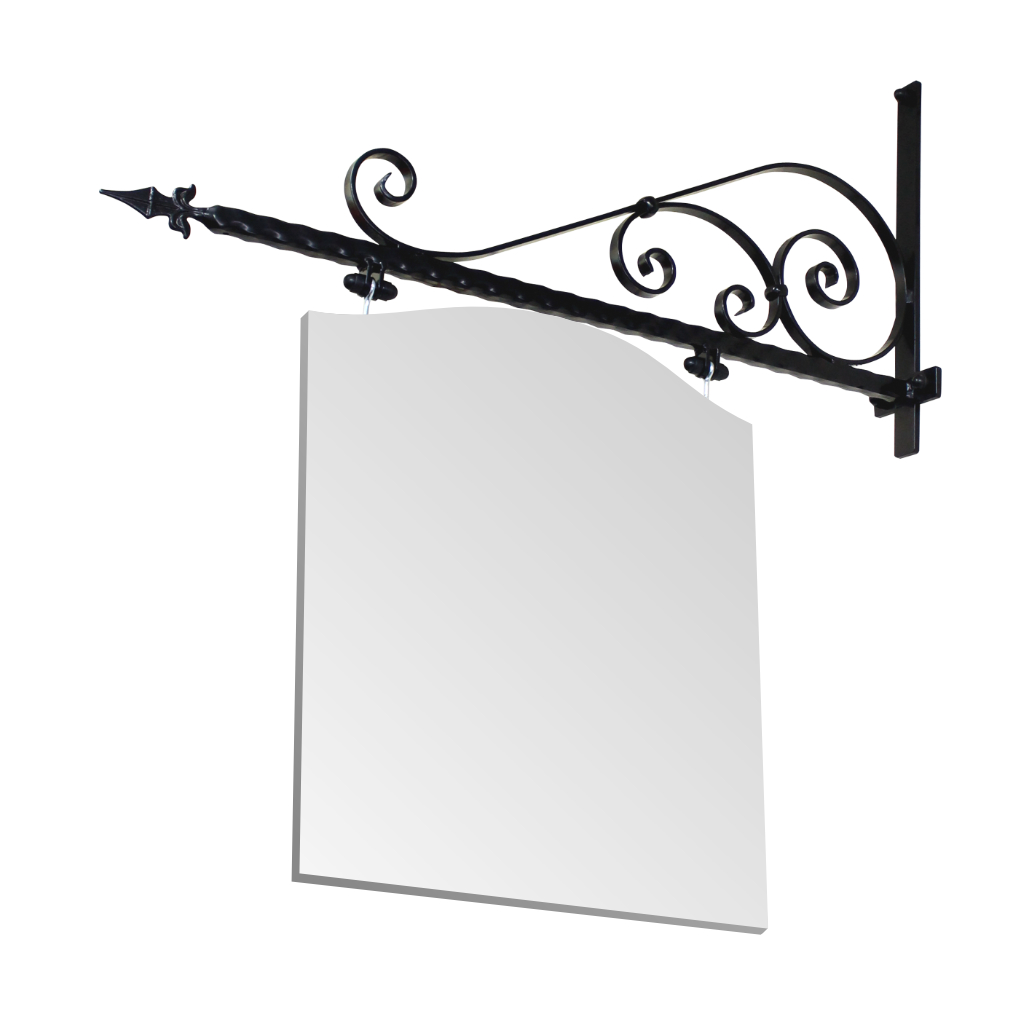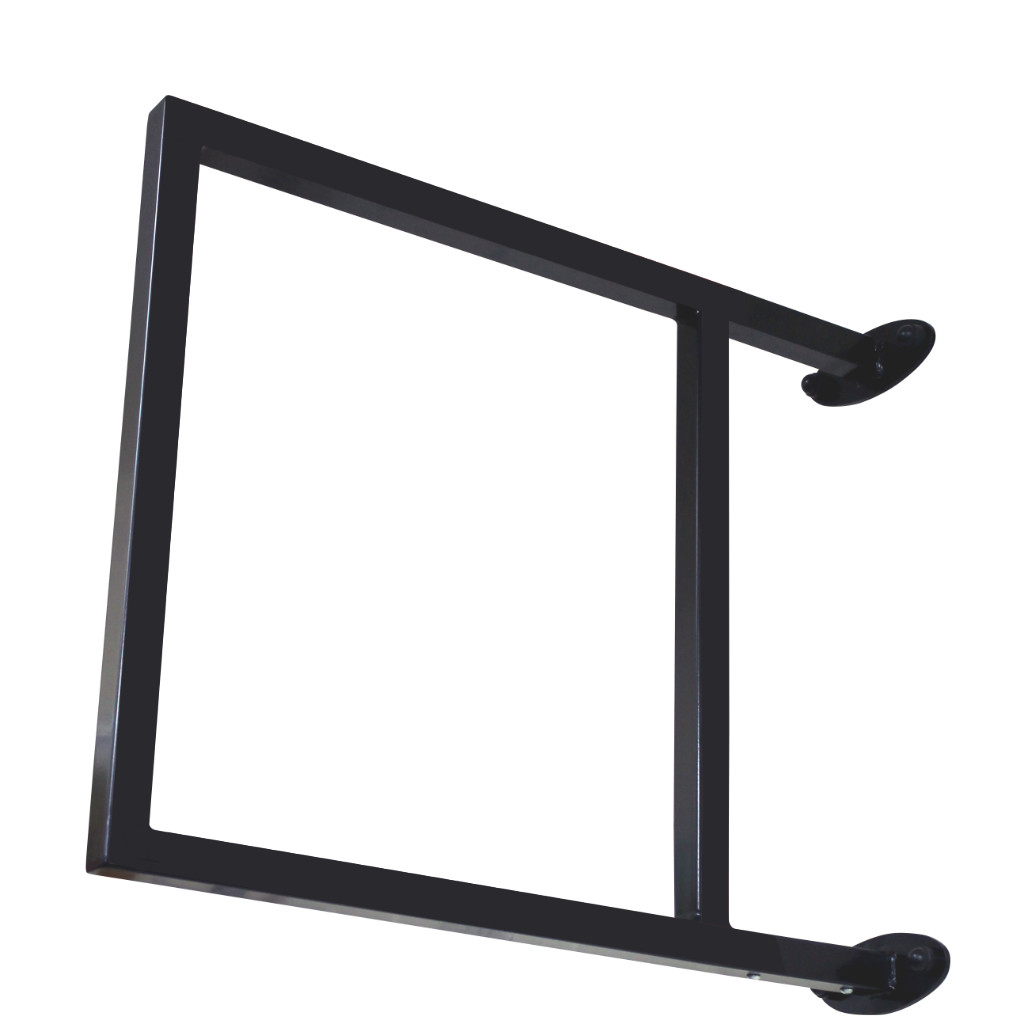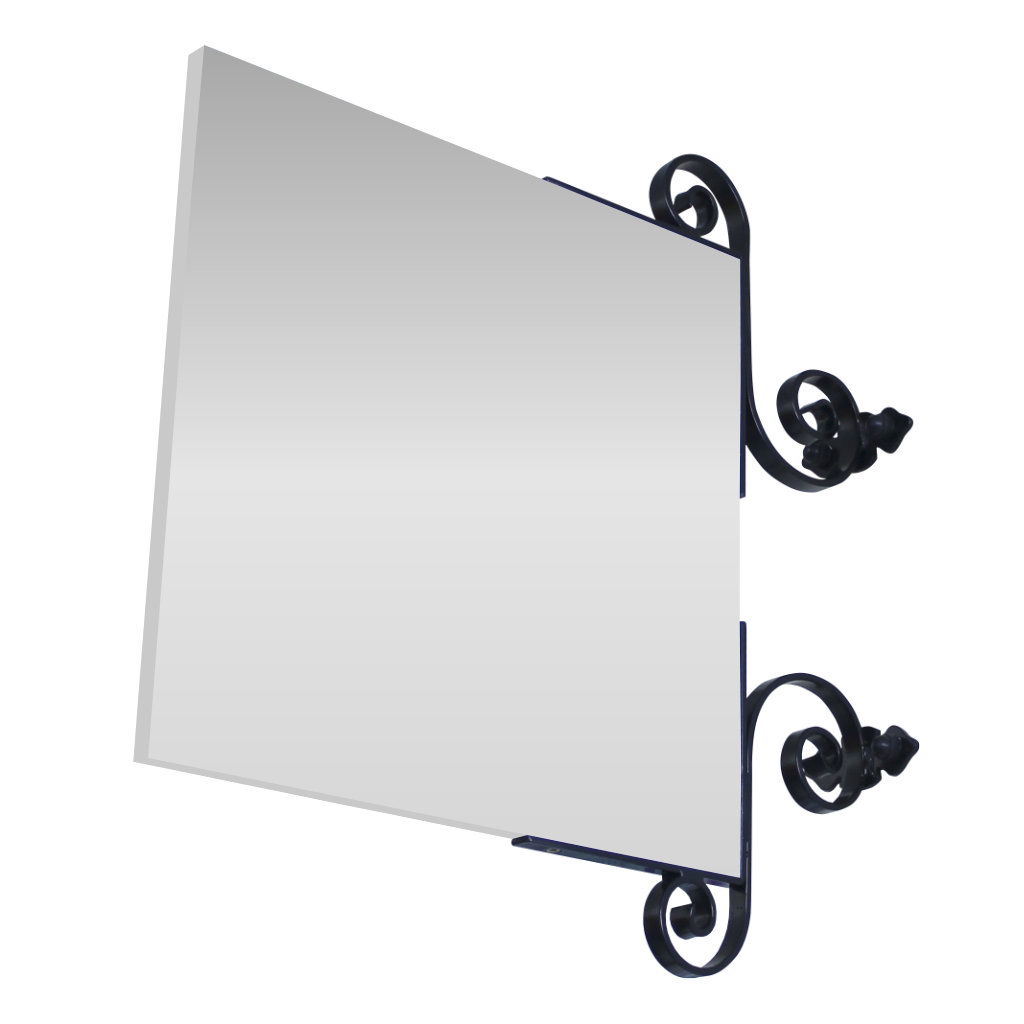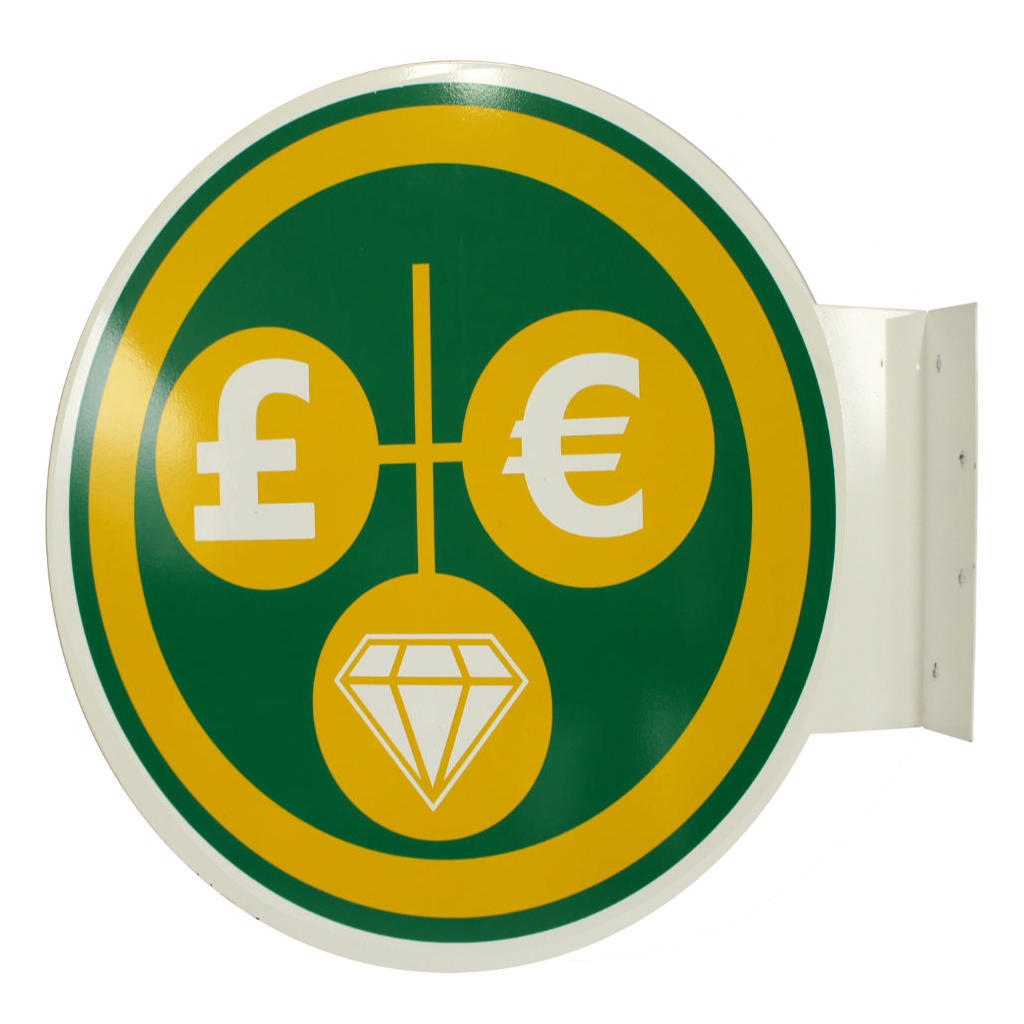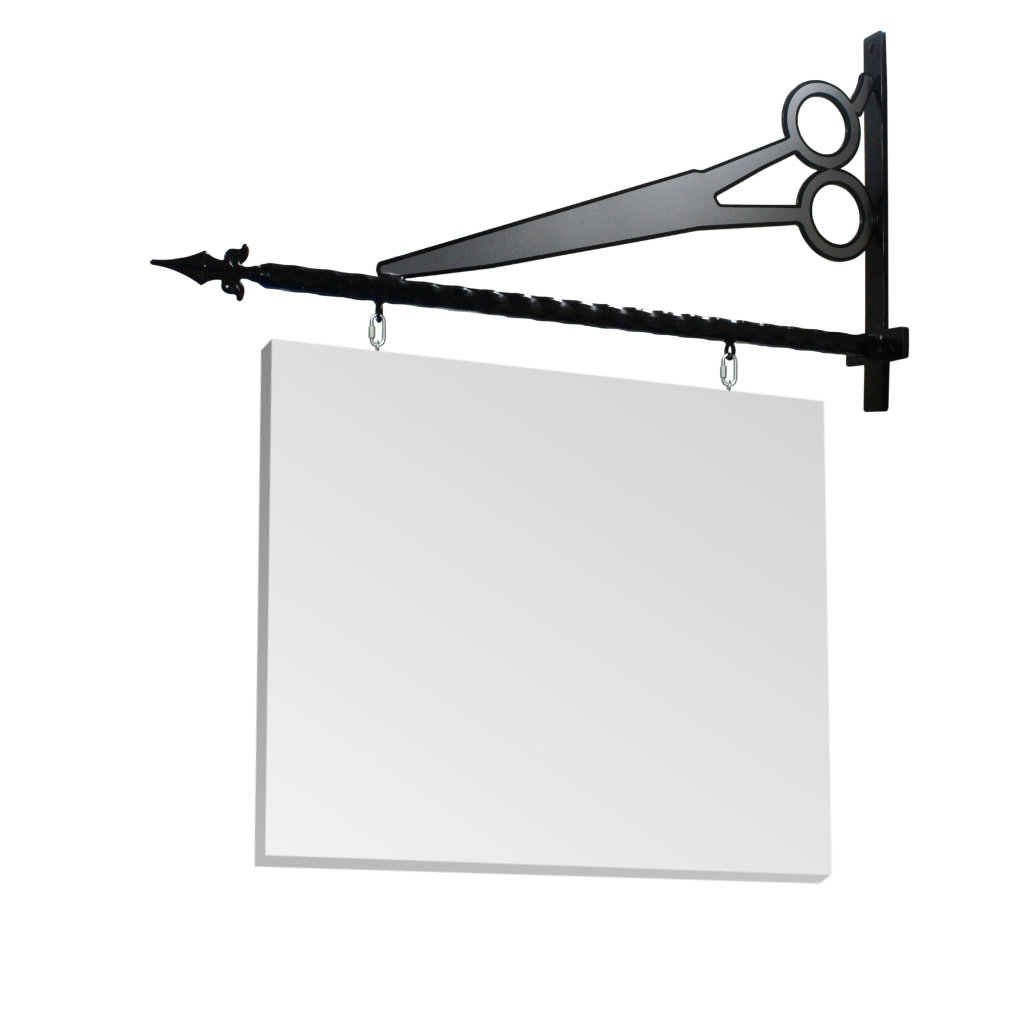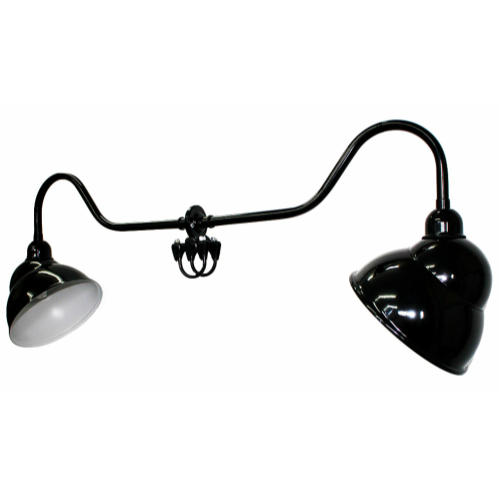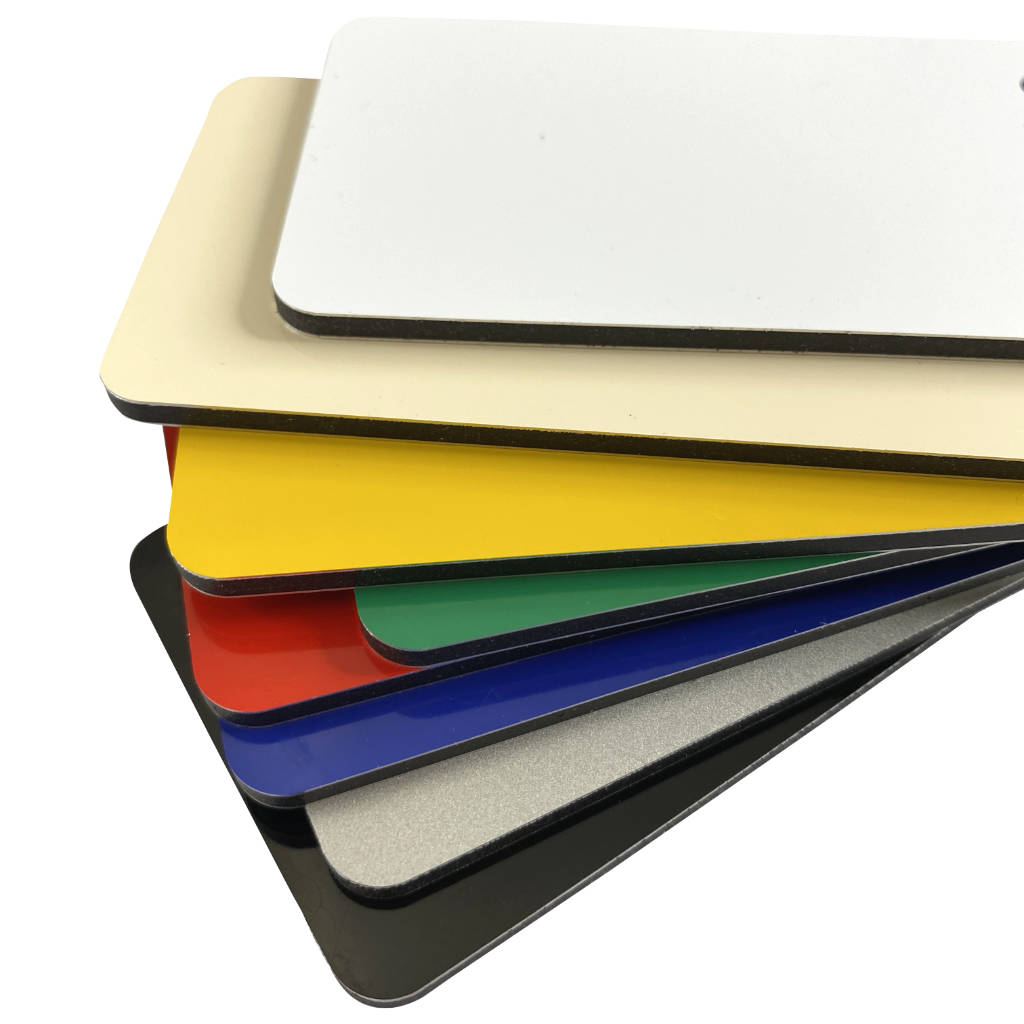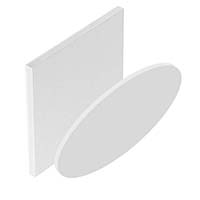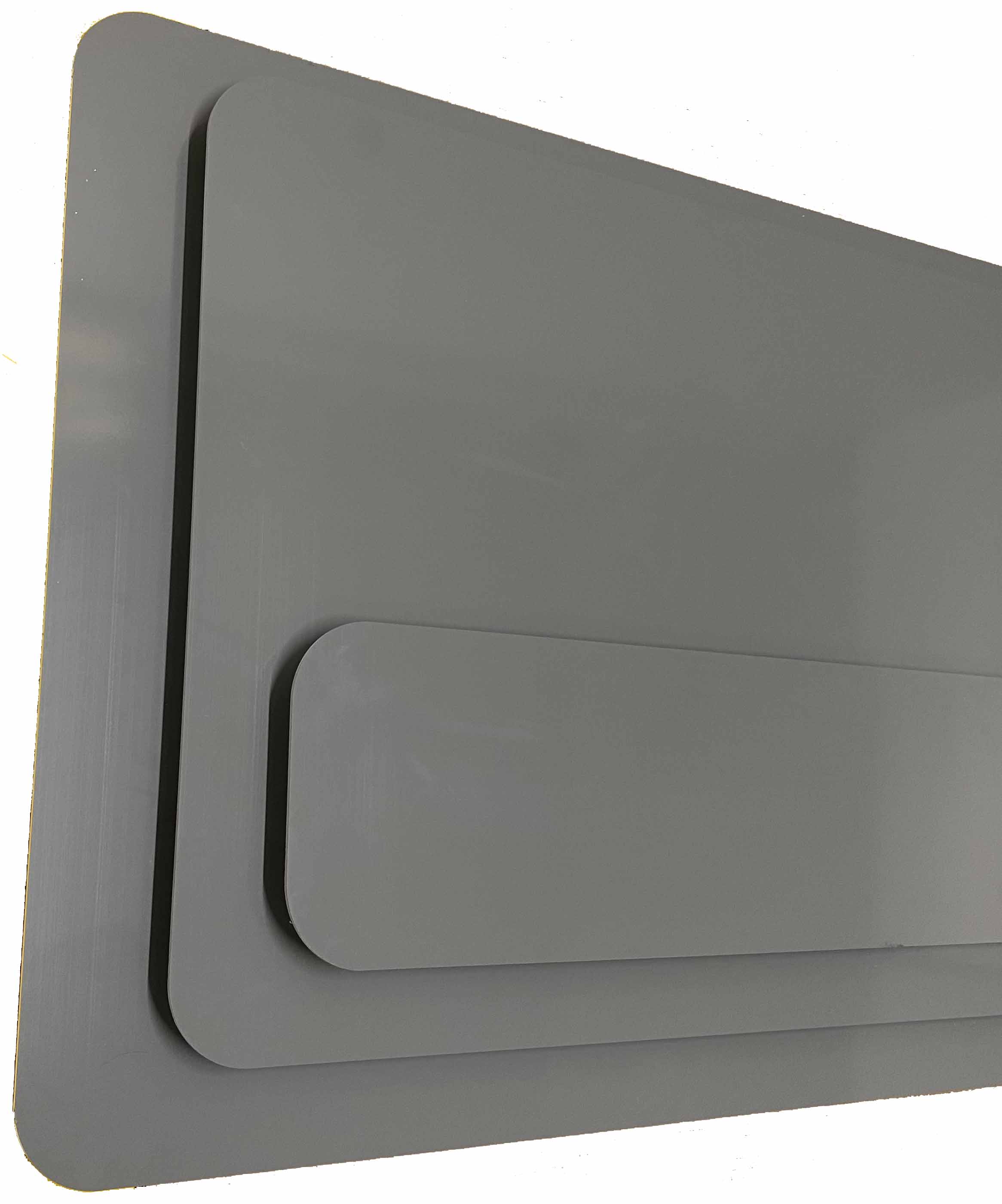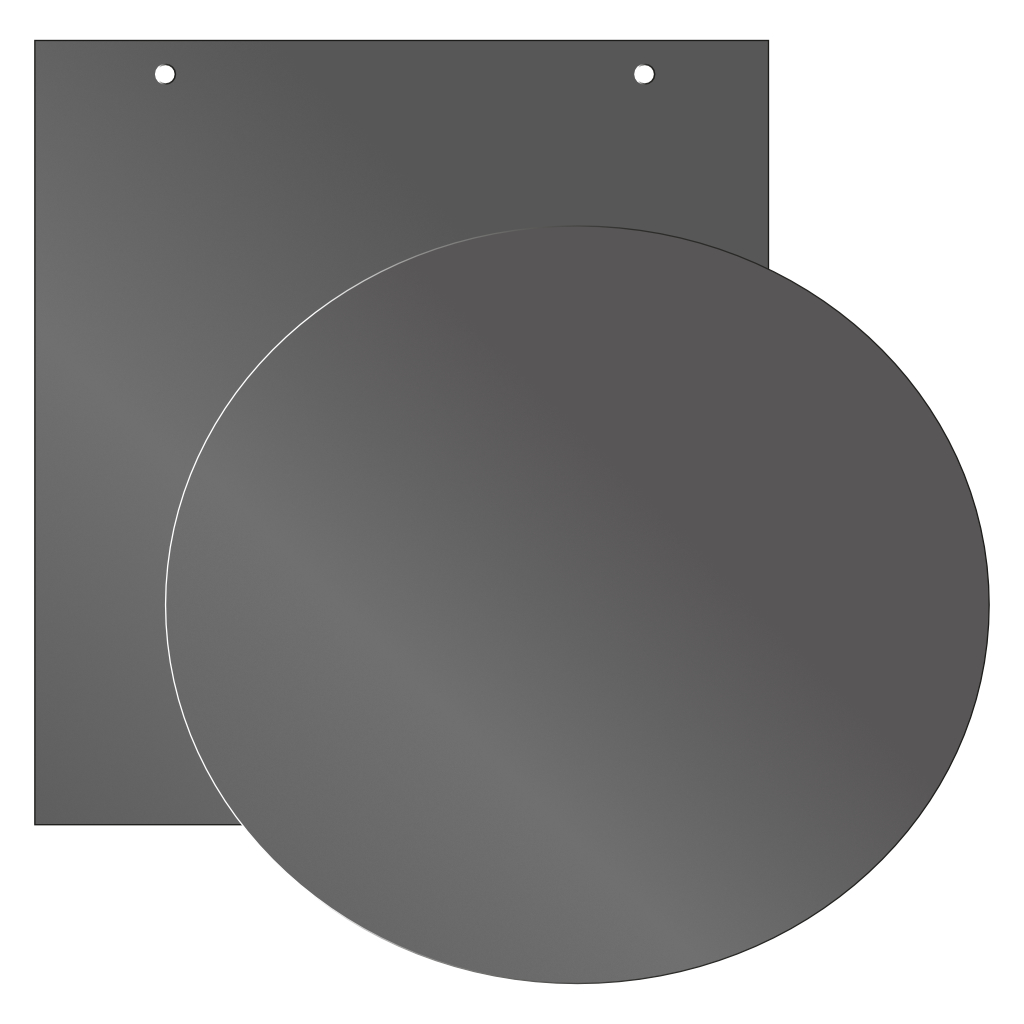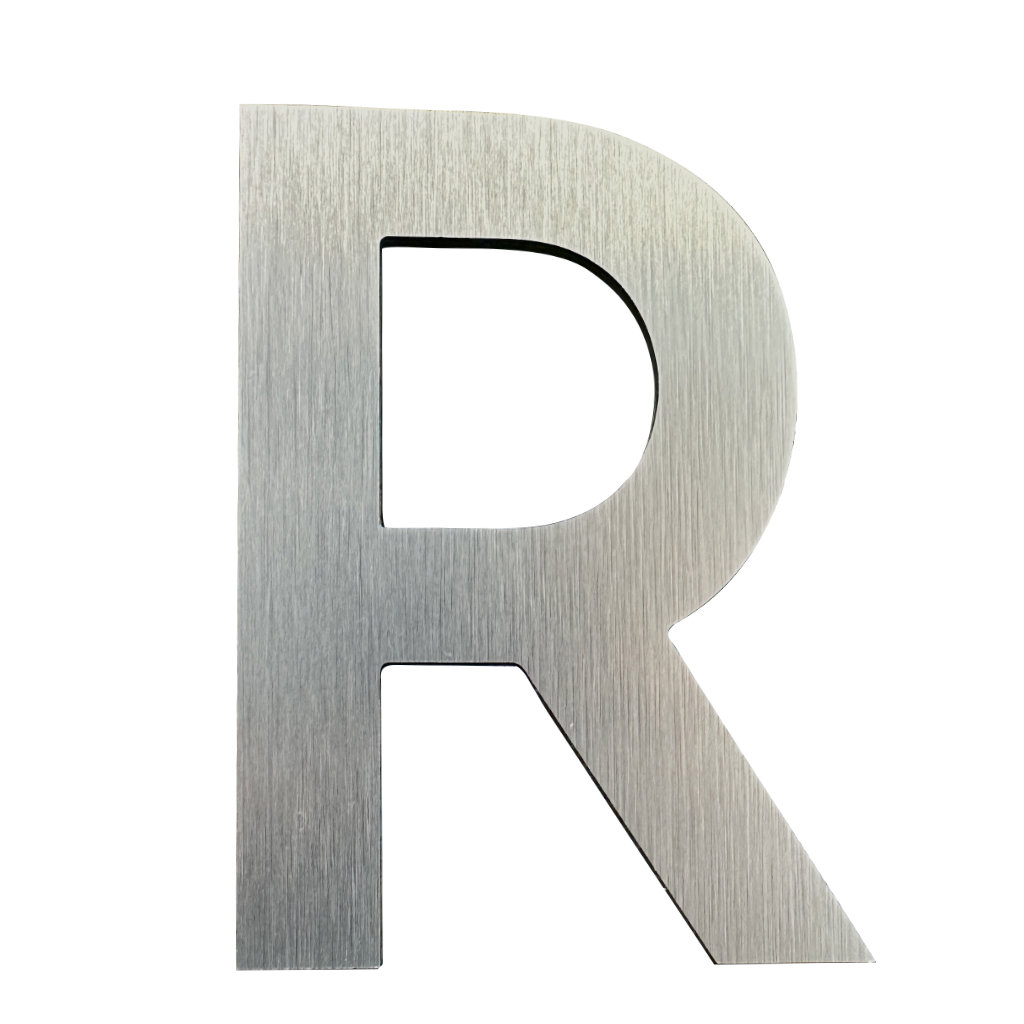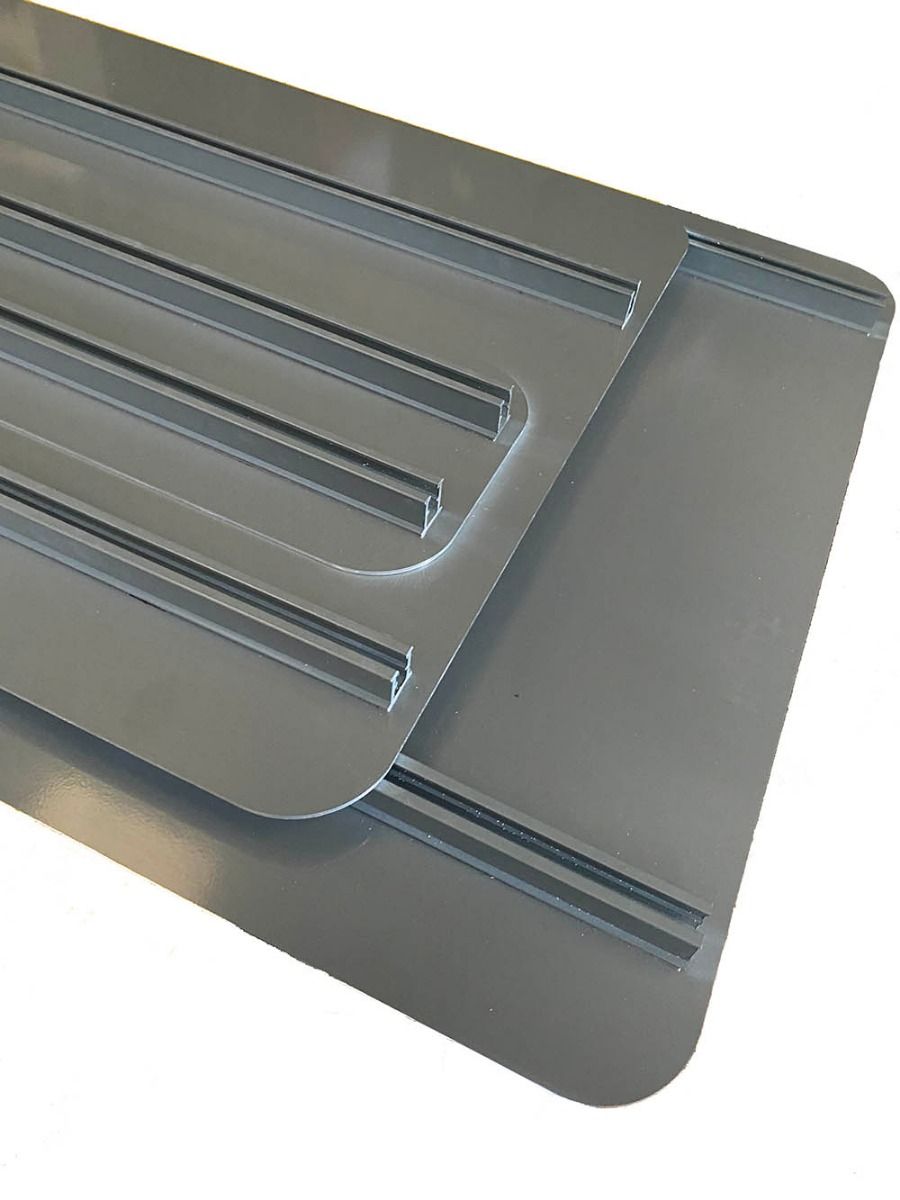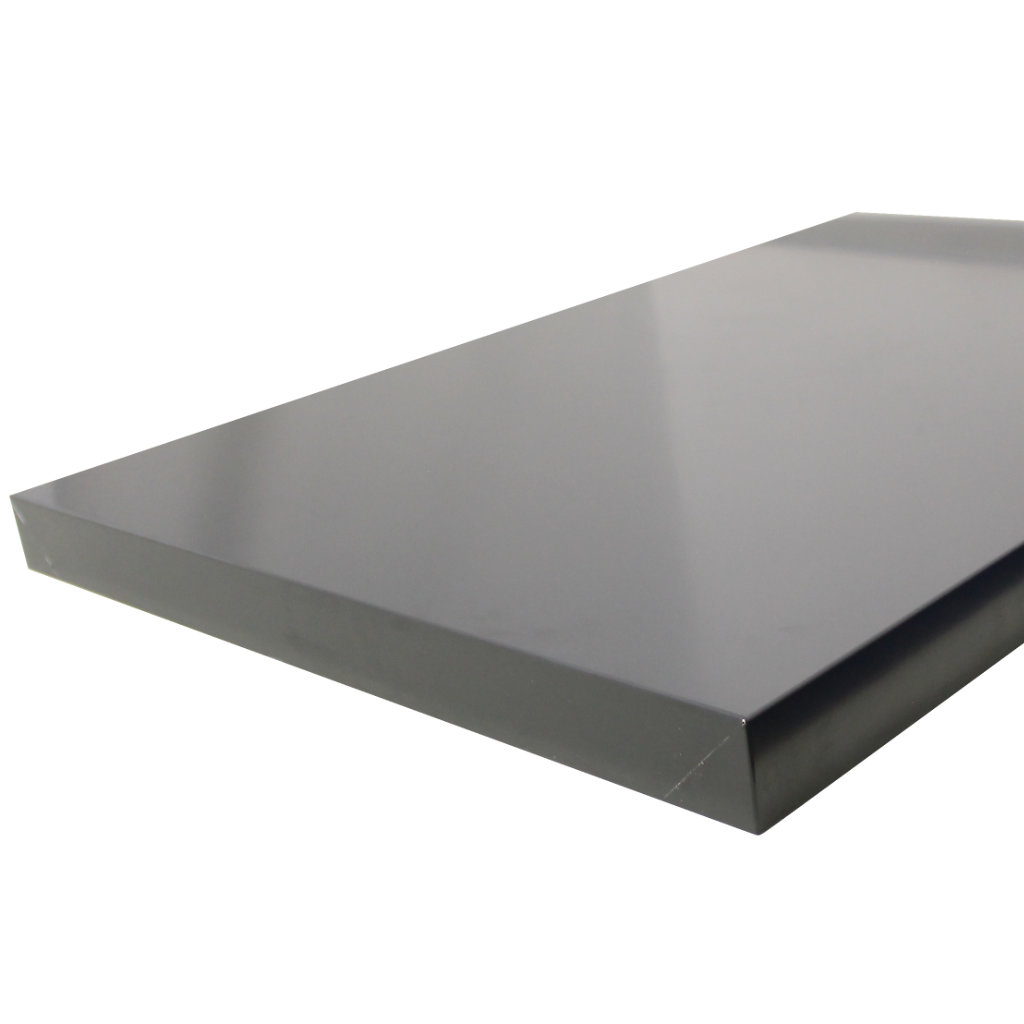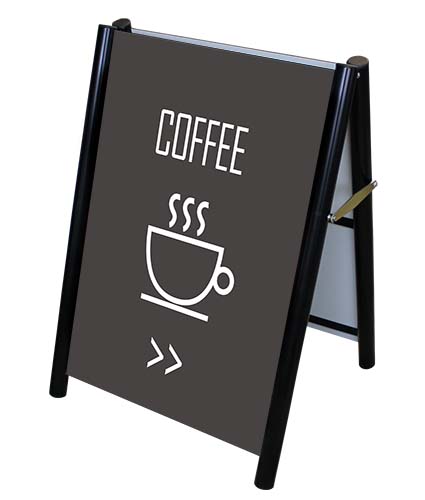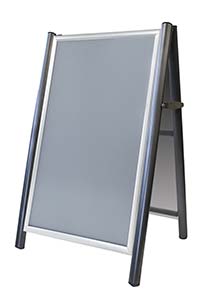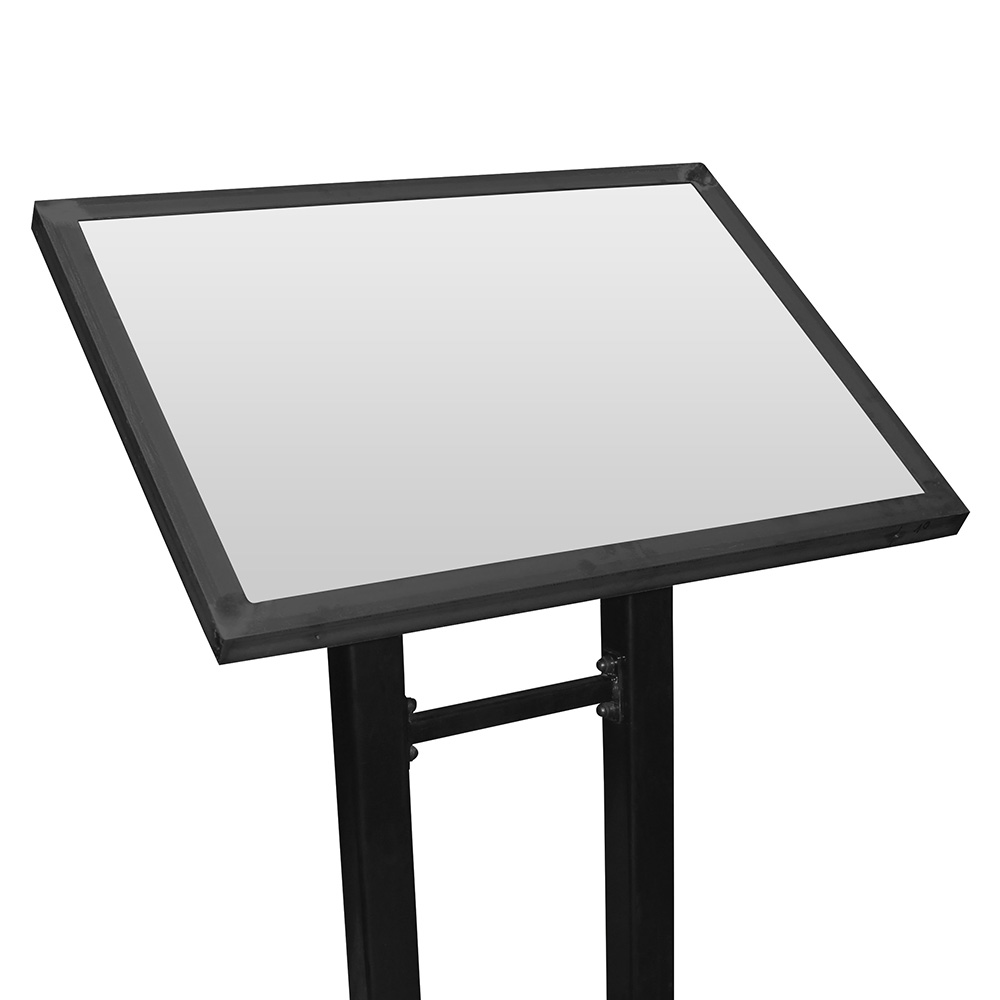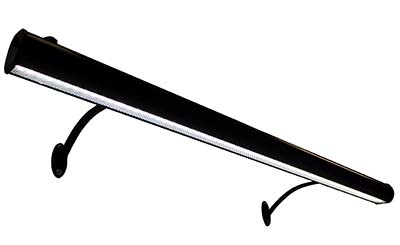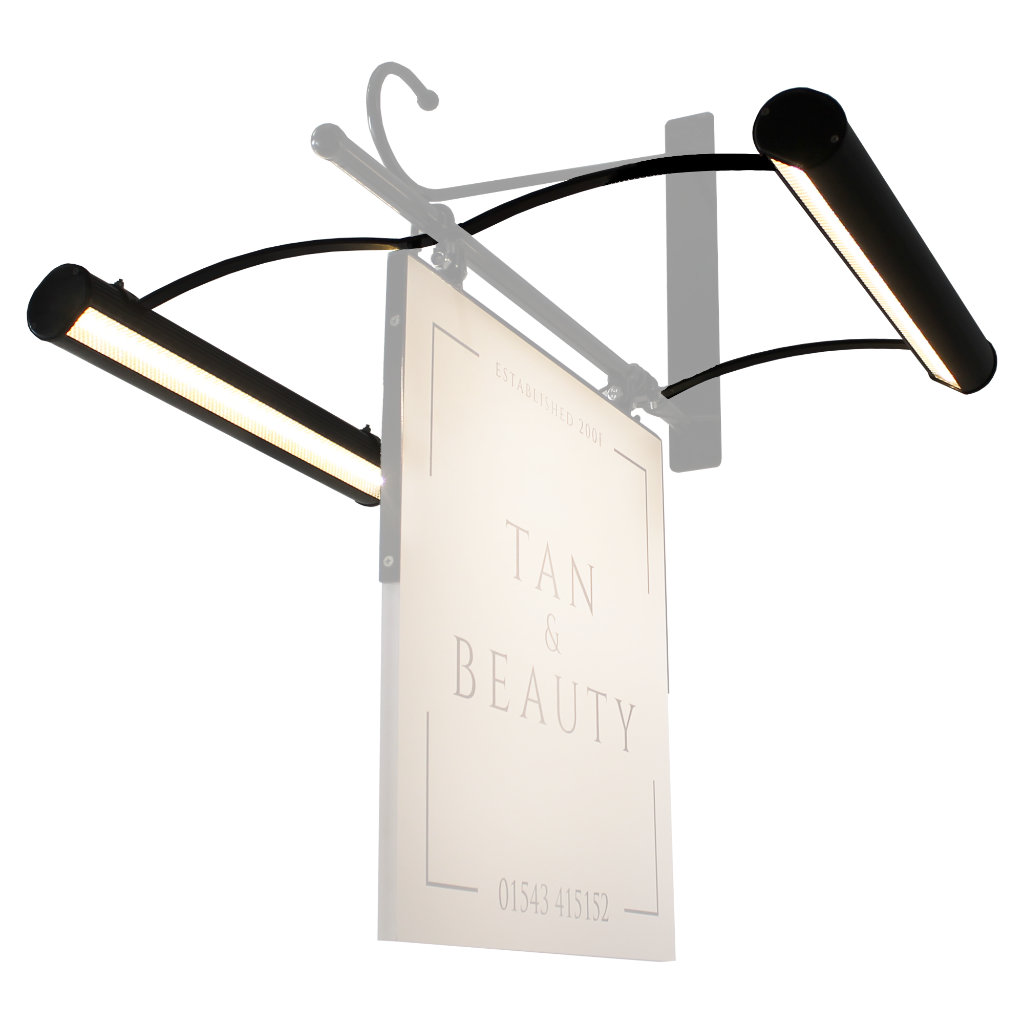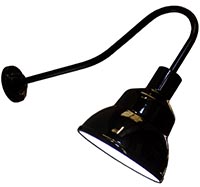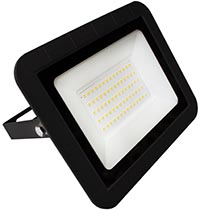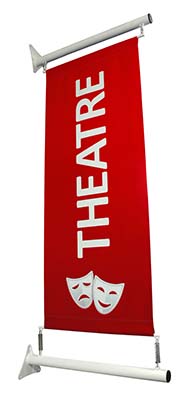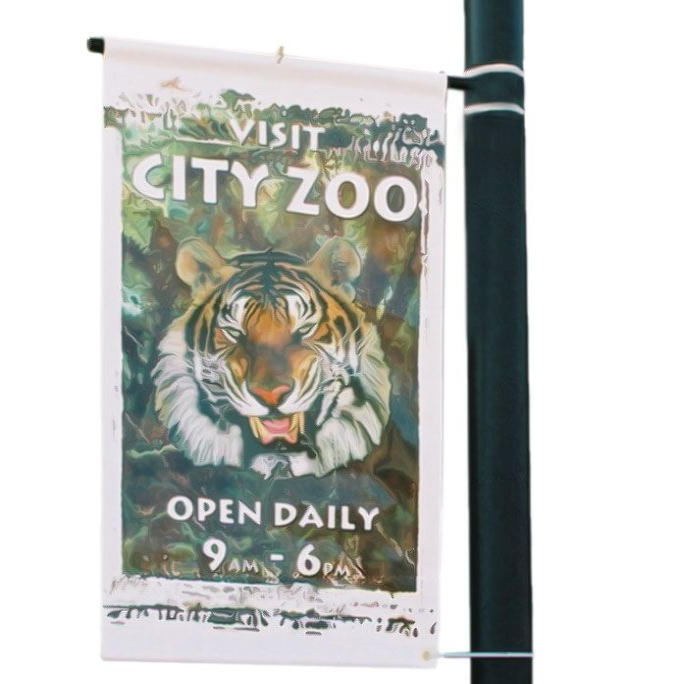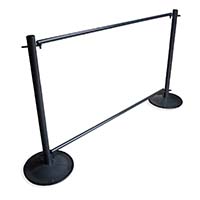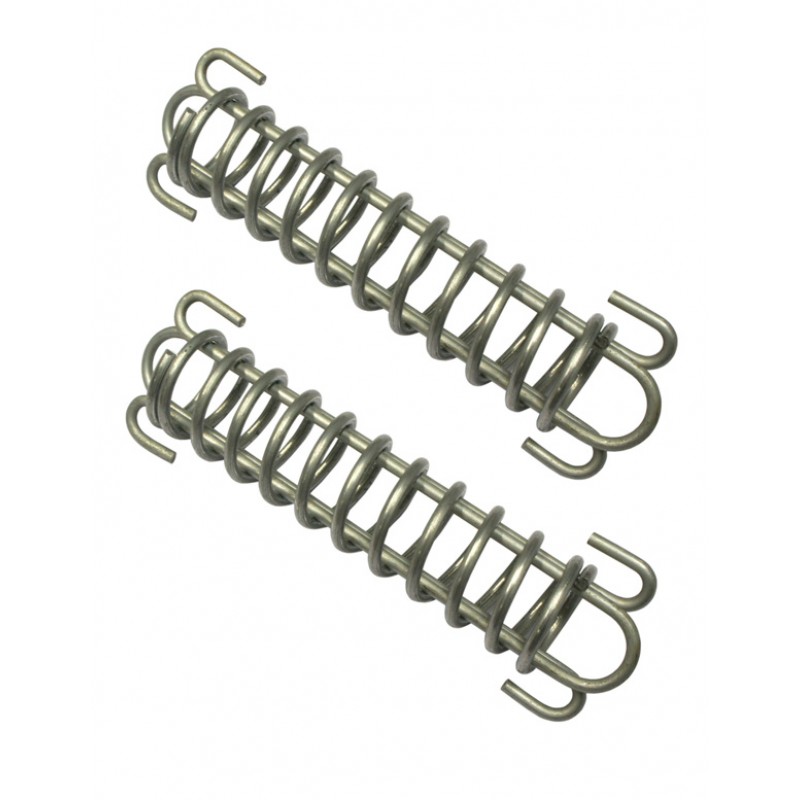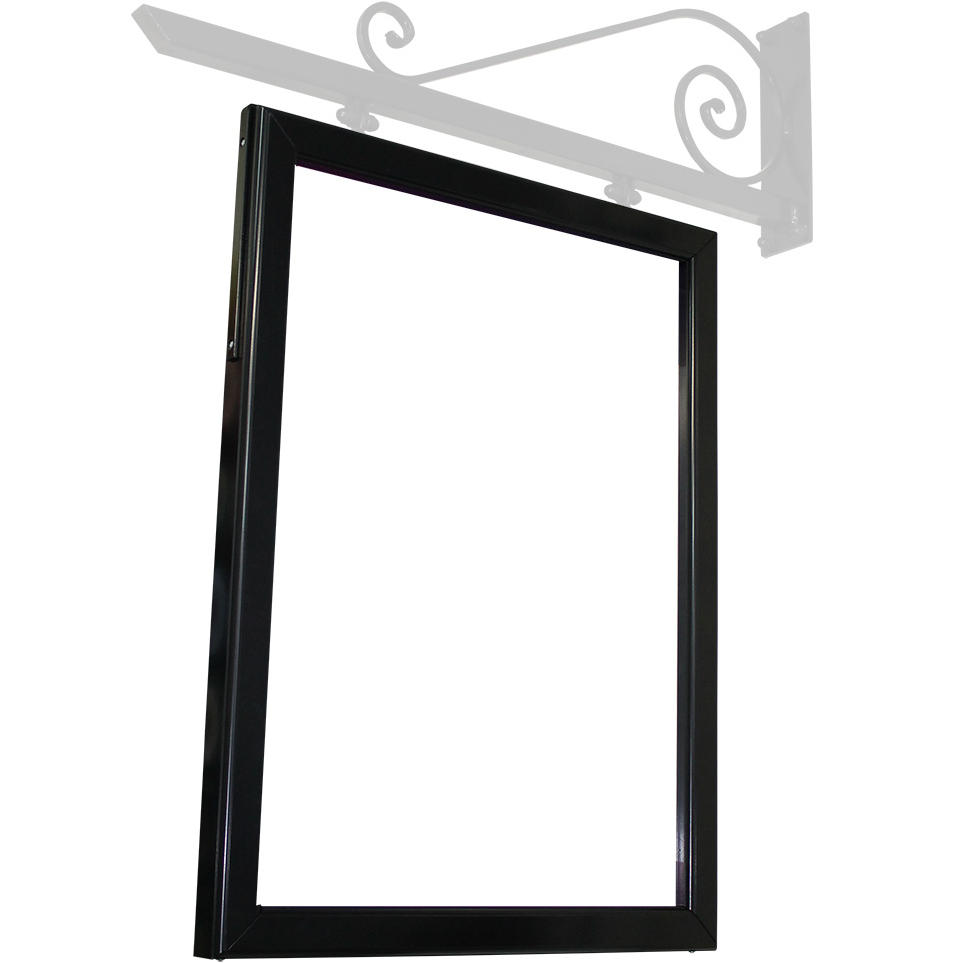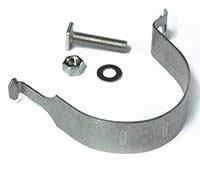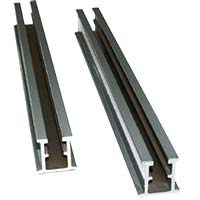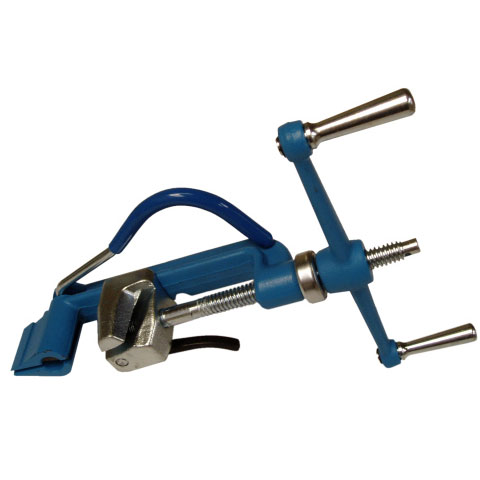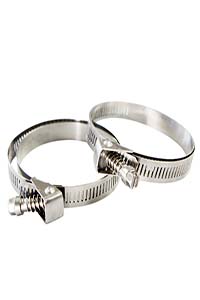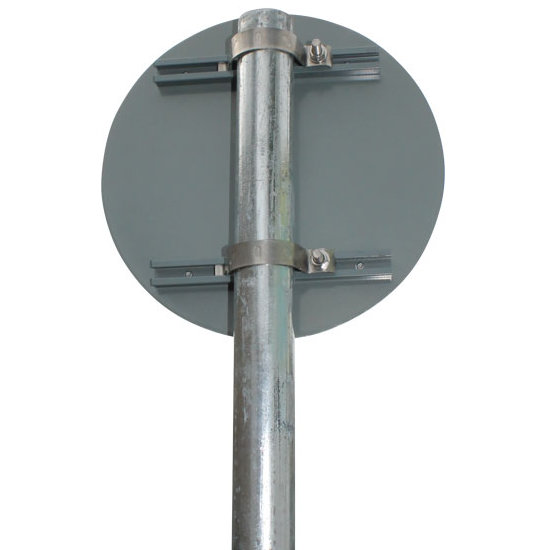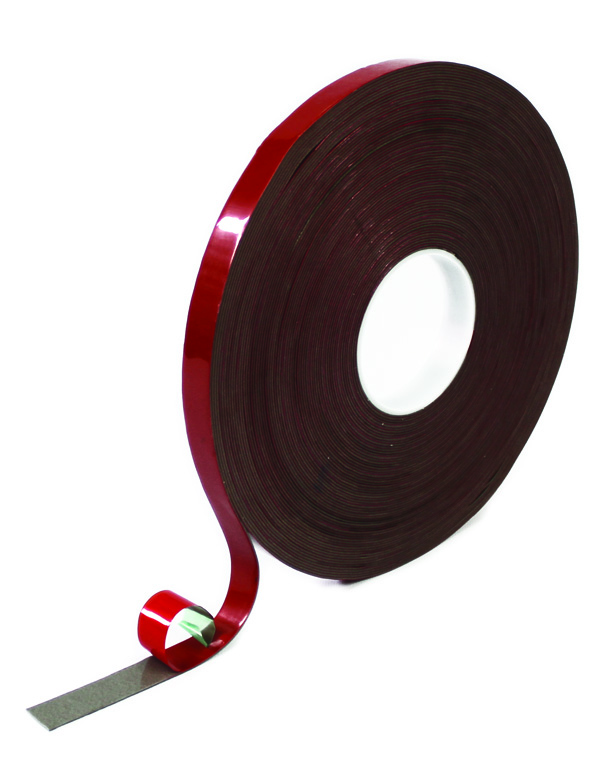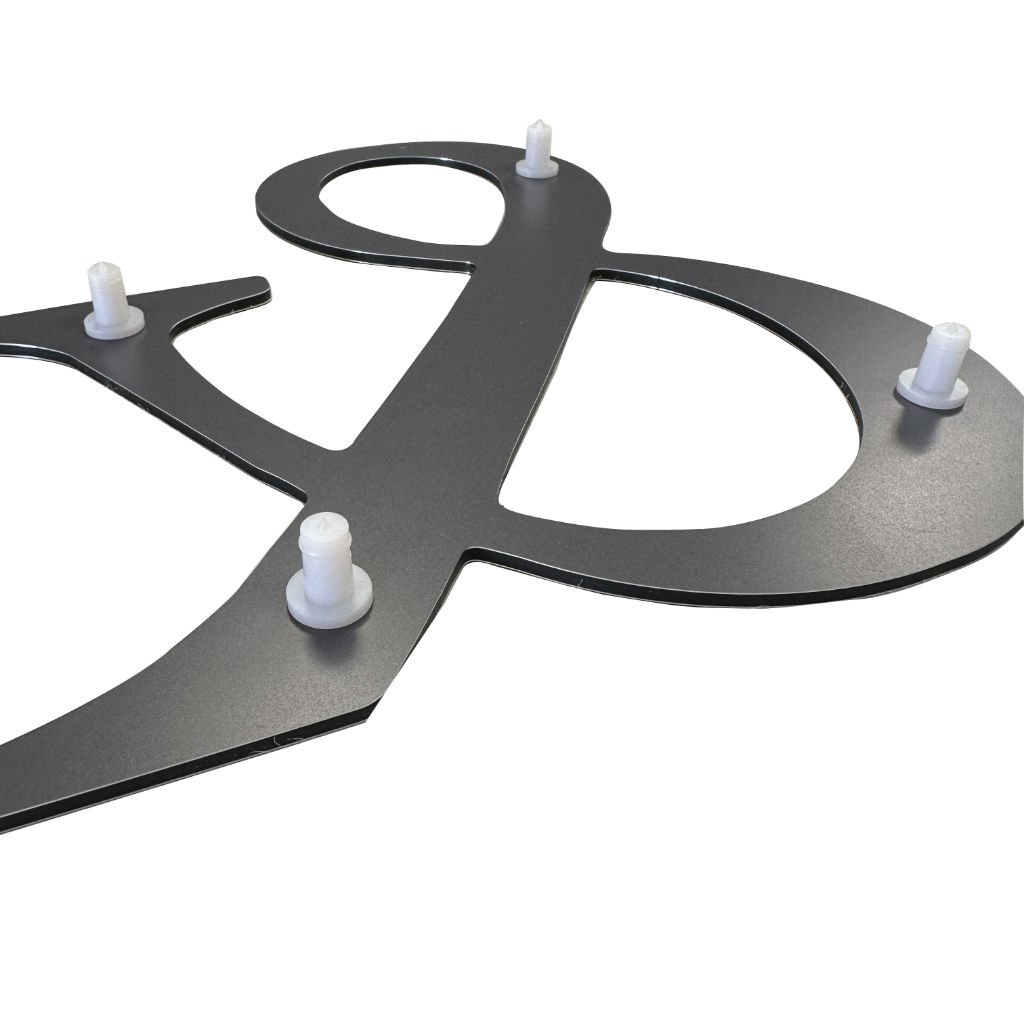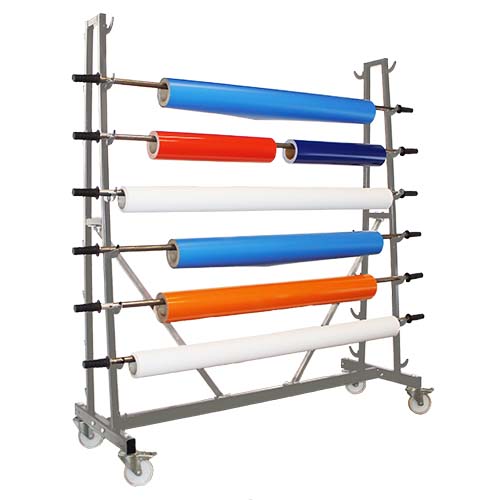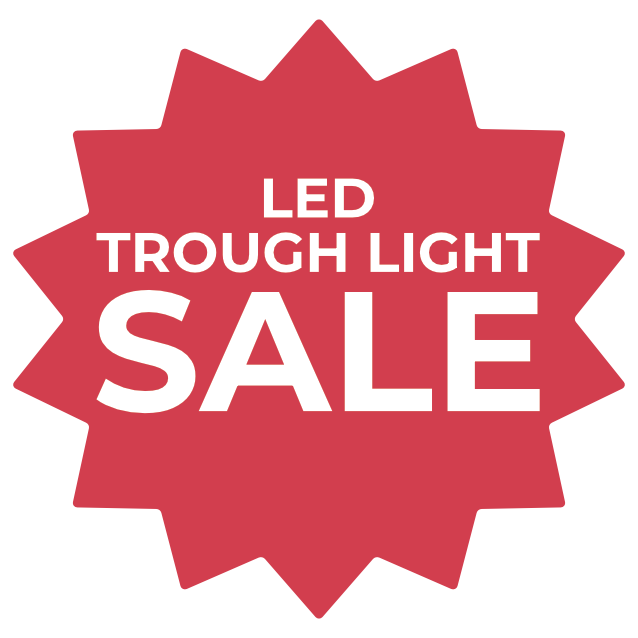History of the British Pub Sign & Pub Names
The history of the pub sign in Britain is a fascinating journey that intertwines with the development of taverns, inns, and public houses throughout the centuries. While the precise origins are somewhat obscure, the tradition of pub signs is believed to have emerged during the Middle Ages and evolved over time into the iconic symbols we recognise today.
When the Romans invaded Britain in AD43 they introduced hot baths, straight roads and the first real pubs to Britain. In Rome, landlords of these pubs, known as 'taberbae' hung bunches of vine leaves outside as a simple sign but, upon reaching Britain, they had to improvise. They used any evergreen plant and it's still possible to find pubs called 'The Bush' throughout the country. Later, sheaves of wheat were used to signify a new batch of ale had been brewed, this lead to many of today's pubs still being called 'The Wheatsheaf'.
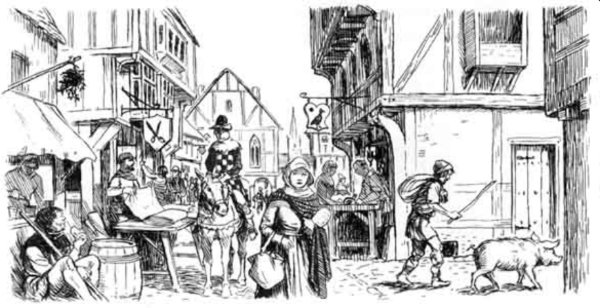
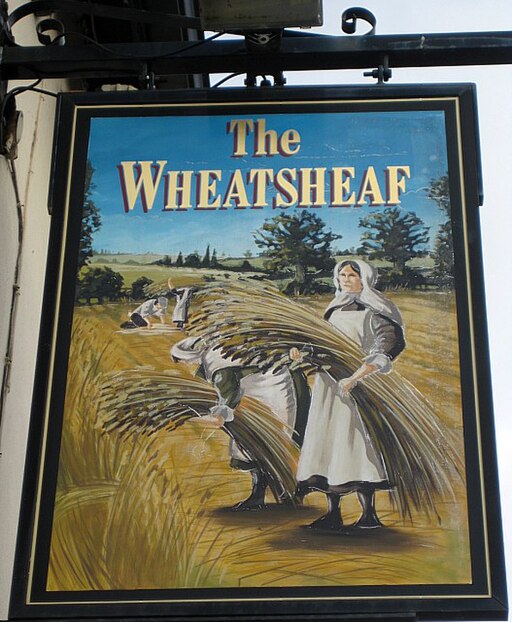
Image Credit: Mike Kirby, Wikimedia Commons
FACT: Ye Olde Fighting Cocks is reported to be
the oldest public house in England,
dating from around 1600.
The newly built Roman roads such as Fosse Way and Ermine Street meant long distance travel was easier and troops moving around the country needed to be fed and watered. Roadside inns started to open along these routes so travelers could get refreshments and a bed for the night. Many modern roads still follow the route of these ancient highways and some of the roadside inns have been on the same site for centuries.
The pub sign is believed to have originated in medieval England when literacy rates were low, so images & symbols were used as a means of communication. Inns and taverns would hang distinctive signs outside their establishments to help illiterate travelers. These signs often depicted simple images or symbols related to the name of the establishment or its proprietor. For instance, an inn called "The Red Lion" might feature a sign with a depiction of a red lion.
The use of pub signs gained further prominence during the reign of King Richard II (1377-1399) when he issued an edict requiring all pubs and inns to hang a sign outside to identify themselves. This edict aimed to regulate the burgeoning number of drinking establishments and make them easily recognizable to travelers. Taverns without signs risked fines or closure, prompting proprietors to adhere to the royal decree.
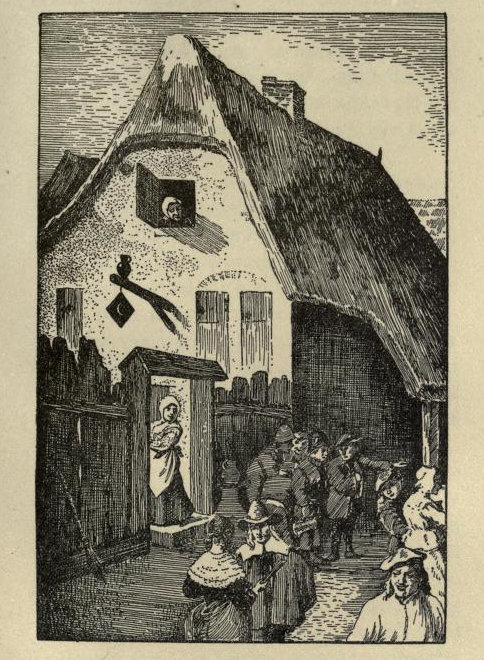
The Half Moon, London
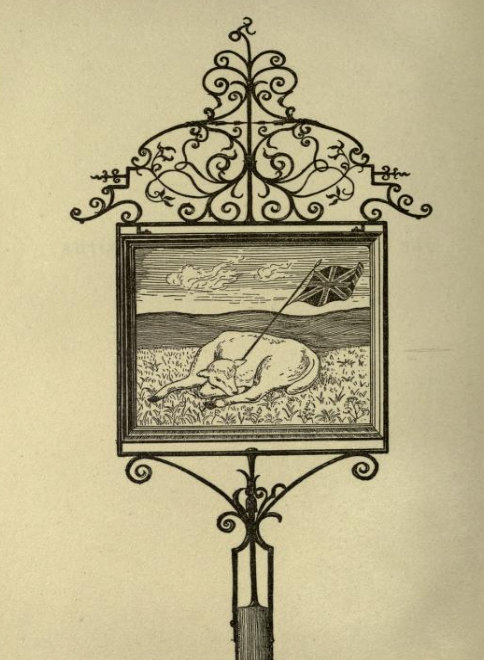
The Lamb & Flag, Bath
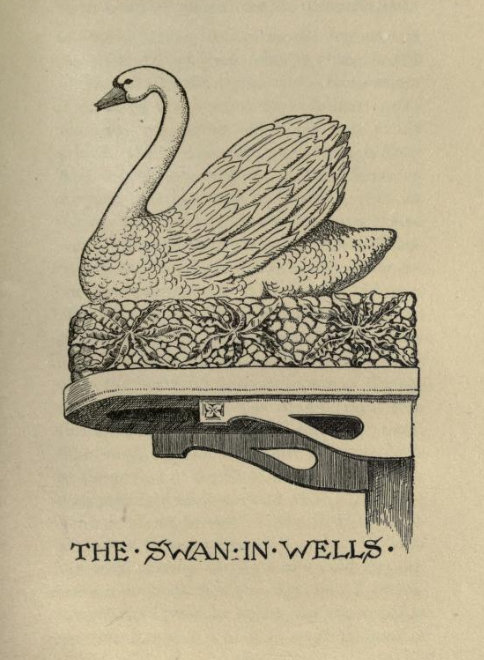
The Swan, Wells
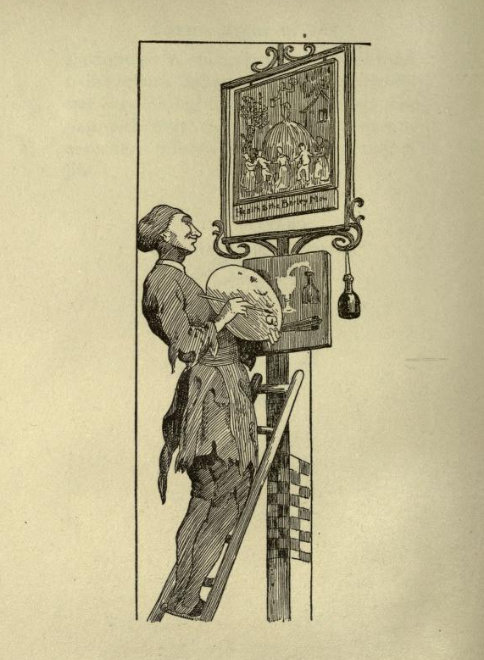
Sign Painter
Image Credit: Old Tavern Signs; an excursion in the history of hospitality by Ebdell, Fritz August Gottfried 1916
Pub signs became more elaborate over time, often incorporating intricate designs and symbols that reflected the establishment's name, location, or the interests of the proprietor. For example, a pub located near a church might feature a sign depicting a religious figure, while an inn situated near a river could adopt a nautical theme. These signs not only served as a means of identification but also helped establish the identity and character of the establishment within the local community.
Throughout British history, significant events and cultural influences have shaped the design and symbolism of pub signs. For instance, during the English Civil War in the 17th century, many pub signs were removed or altered to avoid association with royalist or parliamentarian sympathies. Similarly, the rise of the British Empire led to the adoption of colonial-themed pub signs featuring exotic animals, landscapes, and motifs from distant lands.
The Industrial Revolution and the rapid urbanisation of Britain in the 18th and 19th centuries brought about changes in the pub trade and its signage. With the growth of cities and towns, competition among pubs increased, leading to more elaborate and eye-catching signs to attract customers. Many pubs began commissioning professional sign painters to create custom designs, resulting in a diverse array of artistic styles and imagery.
In the 20th century, as regulations governing signage and advertising became more stringent, many traditional pub signs were replaced with standardised designs or removed altogether. However, the nostalgia for Britain's pub culture and heritage led to efforts to preserve and restore historic pub signs. Today, while many pubs still display traditional signs, others have embraced modern materials and techniques, reflecting the evolving nature of the industry.
In summary, the origin of pub signs in Britain can be traced back to the medieval period when they served as essential markers for travelers and locals alike. Over the centuries, pub signs have evolved from simple symbols to intricate works of art, reflecting the history, culture, and identity of the communities they serve. Despite changes in technology and regulation, pub signs remain a cherished tradition and a distinctive feature of Britain's cultural landscape.
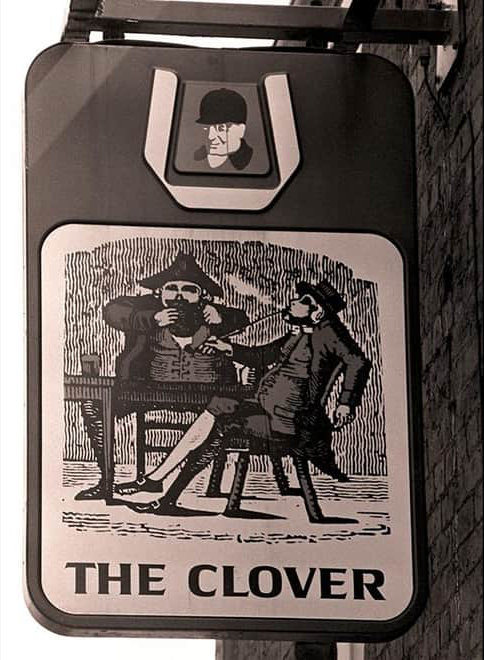
The Clover, Preston
Image Credit: Lancashire Evening Post
The Origins of British Pub Names
The origins of pub names in the UK are deeply rooted in history, folklore, and local traditions. Each pub name carries its own unique story, often reflecting aspects of the community, historical events, or the personal preferences of the pub's owner. While tracing the exact origins of every pub name is challenging, several common themes and influences can be identified throughout history:
• Geographical Features and Landmarks: Many pub names in the UK are derived from local geographical features or landmarks. For example, pubs named "The Green Man" or "The Oak Tree" may have been situated near prominent trees or forests, while those called "The River Inn" or "The Bridge Tavern" could have been located near rivers or bridges.
• Occupations and Trades: Another common source of pub names is occupations and trades prevalent in the area. Pubs with names like "The Blacksmith's Arms" or "The Carpenter's Arms" may have been frequented by workers from those professions or located near relevant workshops or guilds.
• Heraldic Symbols and Royalty: Some pub names draw inspiration from heraldic symbols, coats of arms, or references to royalty. For instance, pubs named "The Crown," "The King's Head," or "The Royal Oak" may reflect historical ties to monarchy or aristocracy.
• Local Legends and Folklore: Many pub names are steeped in local legends, myths, or folklore. Tales of ghosts, witches, and legendary figures often find their way into pub names, adding a touch of mystery and intrigue. For example, "The Haunted Inn" or "The Witch's Cauldron" may reference local ghost stories or legends.
• Historical Events and Military References: Pubs named after historical events or military references are also prevalent in the UK. "The Victory Arms" or "The Admiral Nelson" may commemorate naval victories or famous military leaders, while "The Plough and Harrow" could reference agricultural history or connections to farming communities.
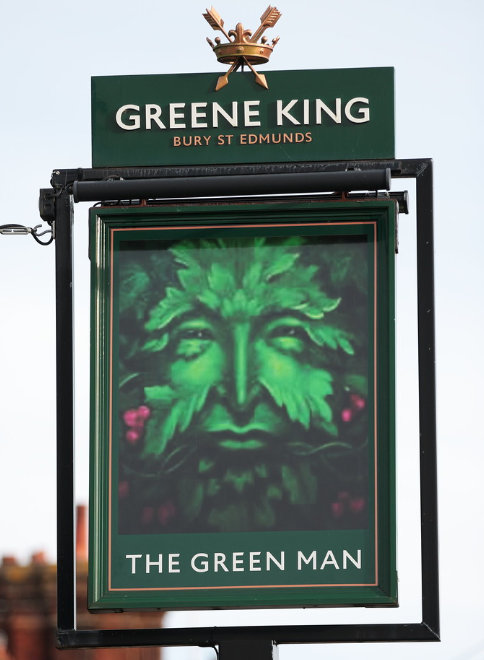
The Green Man, Bury St Edmonds
Image Credit: David Seall
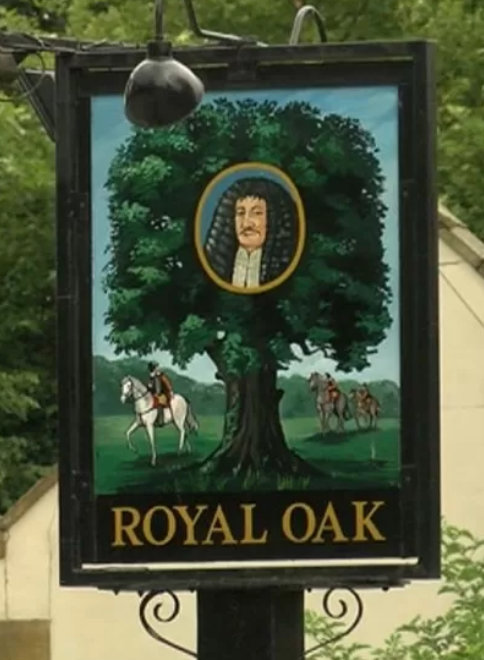
Royal Oak, Ulley, Nr. Rotherham
Image Credit: BBC
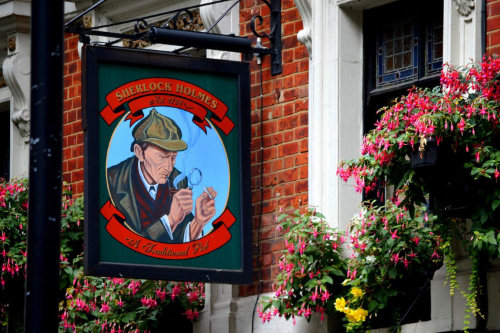
The Sherlock Holmes, London
Image Credit: Bill Smith
• Literary and Cultural Influences: British literature and cultural icons have also inspired pub names. References to famous authors, characters, or literary works can be found in pubs across the country. For example, "The Sherlock Holmes" or "The Dickens Inn" pay homage to beloved literary figures and their contributions to British culture.
• Humor and Wordplay: Some pub names are chosen for their humorous or catchy appeal. Puns and wordplay are often employed to create memorable and playful pub names that attract customers' attention and curiosity.
Over time, these various influences have shaped the diverse and colorful landscape of pub names in the UK. While the specific origins of each name may vary, they collectively contribute to the rich tapestry of British pub culture, reflecting the nation's history, traditions, and collective imagination.


